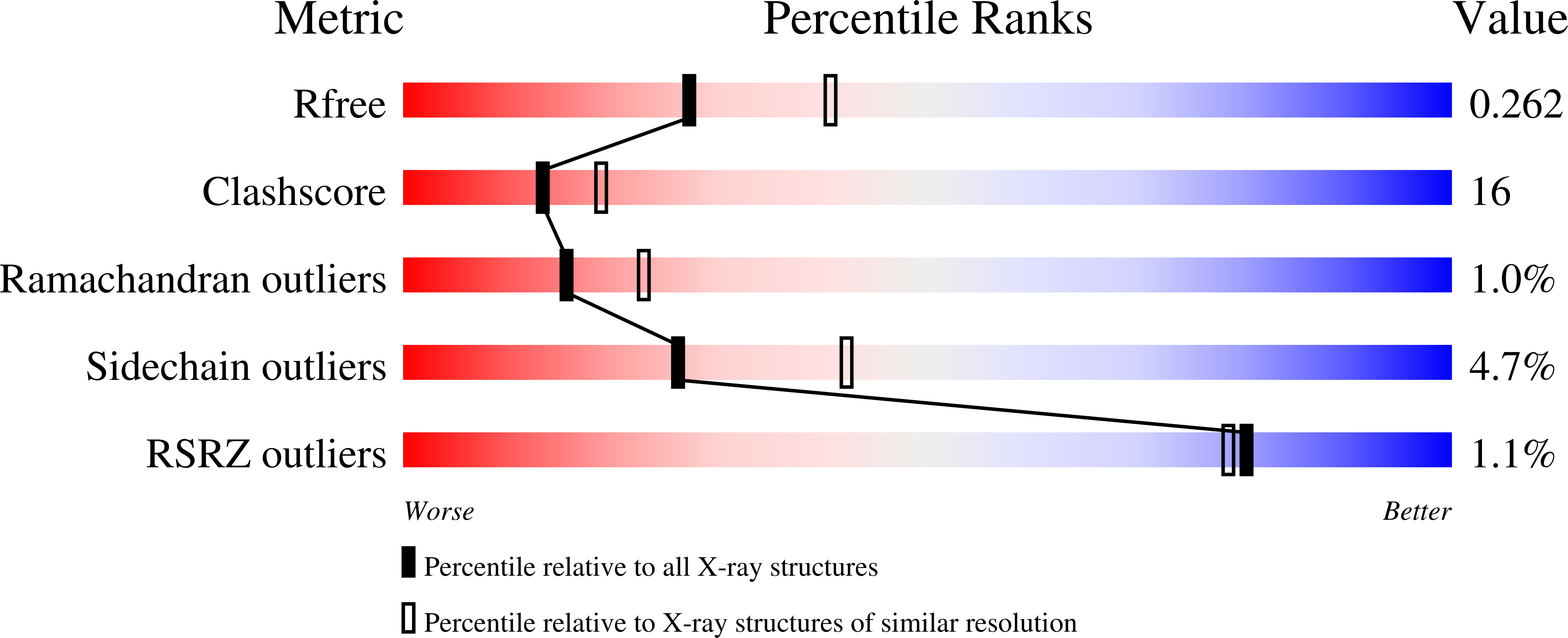
Deposition Date
2004-12-10
Release Date
2005-04-12
Last Version Date
2024-10-16
Entry Detail
PDB ID:
1Y7V
Keywords:
Title:
X-ray structure of human acid-beta-glucosidase covalently bound to conduritol B epoxide
Biological Source:
Source Organism:
Homo sapiens (Taxon ID: 9606)
Host Organism:
Method Details:
Experimental Method:
Resolution:
2.40 Å
R-Value Free:
0.28
R-Value Work:
0.24
R-Value Observed:
0.24
Space Group:
C 2 2 21


